In Venice, the Other Biennale
ROME - The Venice Biennale of films tends to steal the show, and why not? But there is a second Biennale, the 13th International Architecture Exhibition, which was inaugurated August 29 and - happily - continues through November 25 so that autumn visitors can roam its fascinating halls. Among its participants: Bernard Tschumi, who has offices in New York and Paris, and was the architect of the highly praised New Acropolis Museum.
In its way this year's architecture Biennale is all the more important because it takes place exactly when the unique city of Venice itself is struggling over a tough architectural decision: to build or not to build the mammoth high-rise proposed and designed by the 92-year-old French fashion designer Pierre Cardin. Cardin was born in the Veneto, but left here at age two when his family moved to France, and he bills the project as his homage to his native region A model of the 60-story, 800-foot-tall mostly glass skyscraper he has offered to Venice is on view in the Biennale pavilions in the Giardini and the Arsenale (for full details of exhibits and meetings, see >>>
Cardin's project has been described alternatively as a "spaceship that crashed into the lagoon, a shining fishing lure, or an illuminated mushroom," to quote the Associated Press. Elsewhere it's been called, snidely, "stuff for the emirs." Others say worse: that it is a monument to Cardin's arrogance, a "kitsch flower vase with views of Venice." To this observer it resembles most of all a gigantic food blender. But perhaps all this is beside the point, for, as one thoughtful critic has remarked: "In a horizontal area of the Venetian countryside, this is a vertical that produces nothing that is edible or exportable," but can nevertheless give bread to people in an area that is "at present avoided like the plague."
Cardin's plan is for what he calls the "Palace of Light" to be would be built, at a cost of $3 billion, within 2015, he specifies, and would house private luxury apartments, a hotel, a fashion school, offices, conference center, movie theater, restaurants and shops. Most importantly, it is to be situated at the Marghera industrial port, a blighted district today sorely in need of the revival, which is what Cardin is proposing. This is all the more important, for Venice itself risks blight due to its reduction to a cruise ship stop for thousands of day-trippers, descending upon the city in droves from ships almost as big as Cardin's more discreetly removed skyscraper. These giant luxury liners overwhelm Venice and the few Venetians still residing there; today this city is home to 60,000 residents, 10,000 less than just six years ago (1996) and 100,000 less than in 1951. At 55,000, the daily tourist flux is almost as large as the resident population. "We're becoming just one big shopping center," a resident complained when teen fashion chain Benetton announced plans this summer to install a shopping center to overlook the Rialto Bridge and the oldest oudoor market in the city.
As a result, although there are plenty of protests that Cardin's glass food blender will overpower Venice, it would stand at a distance (unlike the multi-storied cruise ships) and, with luck give the sort of work to Venetians that will keep their city vital and real, as opposed to a mausoleum populated by day, like Pompeii, by zillions but empty by night. For these reasons, and because other private investment in Venice is not forthcoming, the city authorities are backing Cardin's project. The Italo-French engineer in charge of outfitting the building, Rodrigo Basilicati, has furthermore promised that the outfitting of the building, from furniture to tablecloths, will be entirely of Venetian manufacture. Cardin's people are also optimistic that they can meet the timetable. "The Empire State Building was built in 13 months," A final decision is expected this month.
Besides those by Tschumi and Cardin himself, other exhibits at the Biennale are by a host of international architects from the U.S. (from Houston and Ann Arbor), Germany, Italy, Holland, Switzerland, Portugal, France (a generous contingent), Great Britain, Belgium and Austria. This session's director is David Chipperfield. The Biennale began in 1980 under the guidance of an Italian star architect Paolo Portoghesi of Rome. Chipperfield says that the stress this season is upon "Common Ground"--the existence of an architectural culture that reflects "a common history, common ambitions, common predicaments and ideals."






























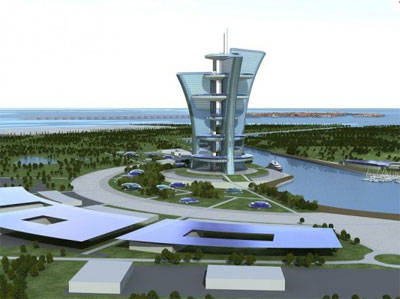
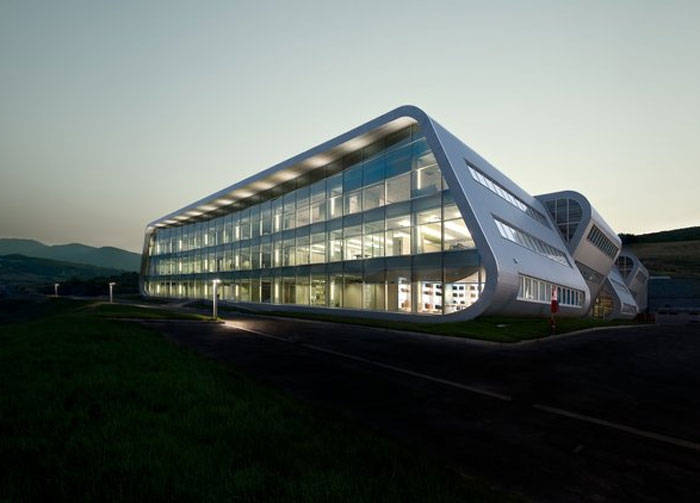
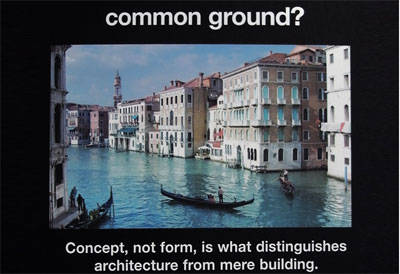
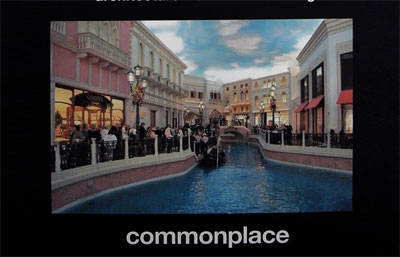

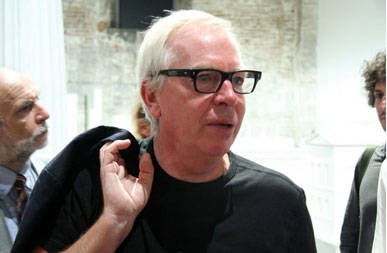



i-Italy
Facebook
Google+
This work may not be reproduced, in whole or in part, without prior written permission.
Questo lavoro non può essere riprodotto, in tutto o in parte, senza permesso scritto.